Today, the biggest news comes from Ukraine.
Here, the Ukrainian Armed Forces, which for years operated through individual brigades and temporary operational groupings, have now officially completed their transition to a corps-based structure.
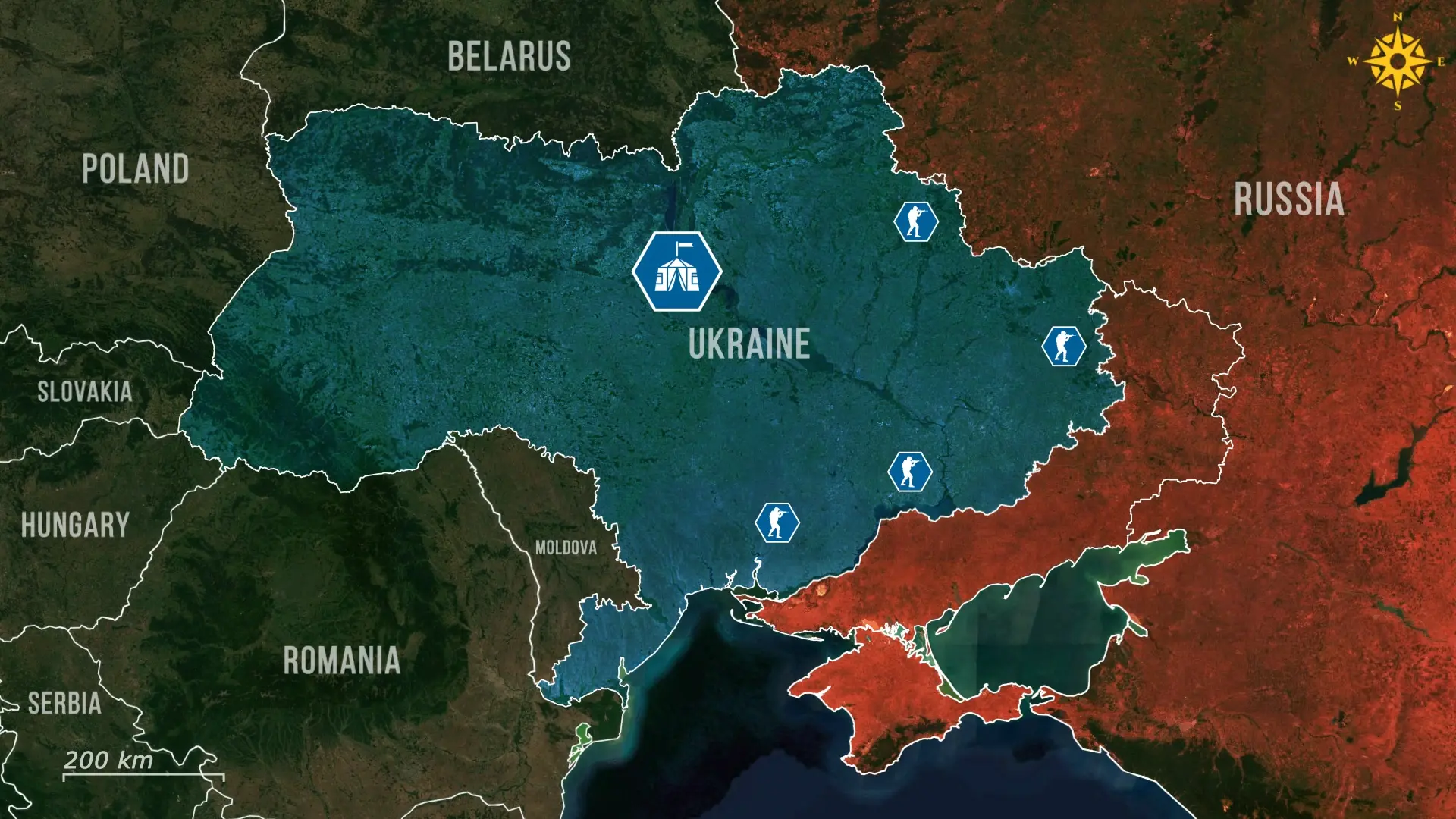
This development marks the end of one of the most extensive organizational reforms undertaken during the war, reshaping the command hierarchy from brigade-centric formations into large-scale, operationally independent corps with clearly defined sectors of responsibility along the front.
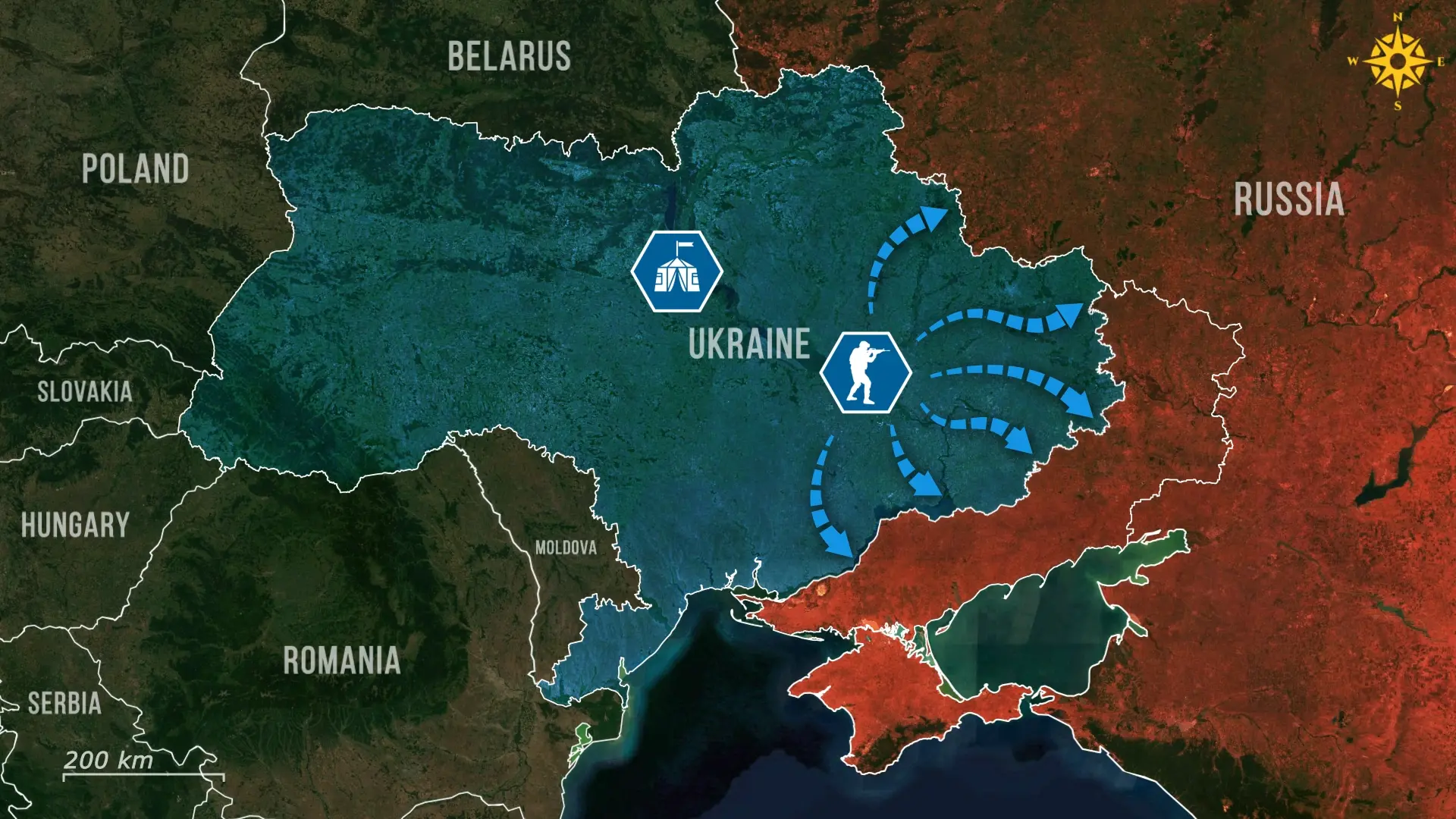
According to Chief of the General Staff Andrii Hnatov, all newly formed corps have now assumed command over their respective areas, established headquarters, and begun executing assigned operational tasks. This announcement represents the culmination of a multi-year process that began in the early stages of the full-scale invasion, aiming to align Ukraine’s military structure more closely with NATO standards while addressing the complex demands of a multi-front war.
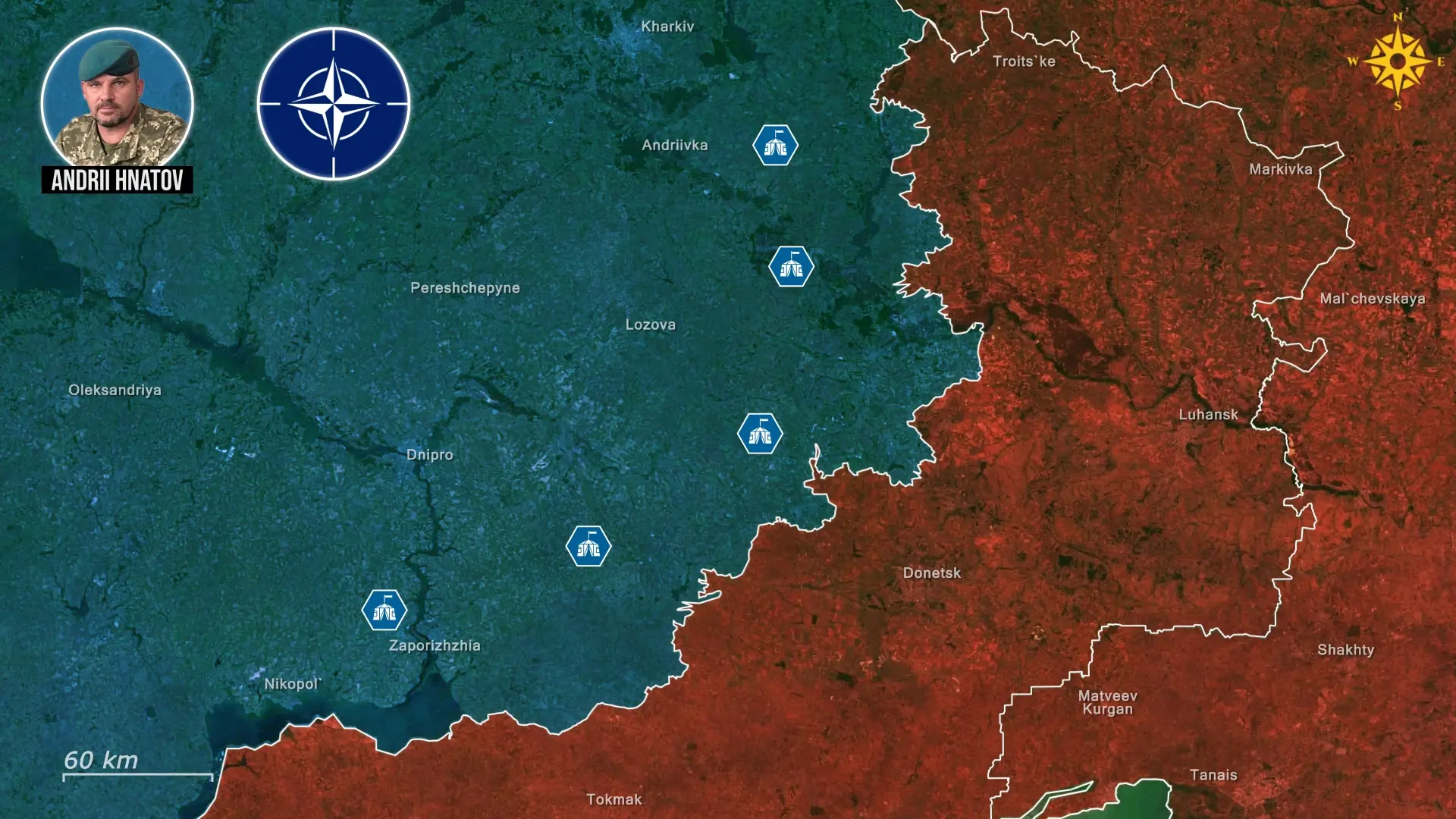
In practical terms, the corps framework is designed to decentralize decision-making and streamline the control of multiple brigades under a single headquarters. This structure grants each corps greater autonomy to adapt to local conditions while ensuring coherent coordination across the national structure system. However, as Hnatov emphasized, several implementation issues persist, particularly in staffing, training, and the full integration of subordinate brigades, illustrating that while the system is formally complete, its functional maturity remains uneven across different regions.
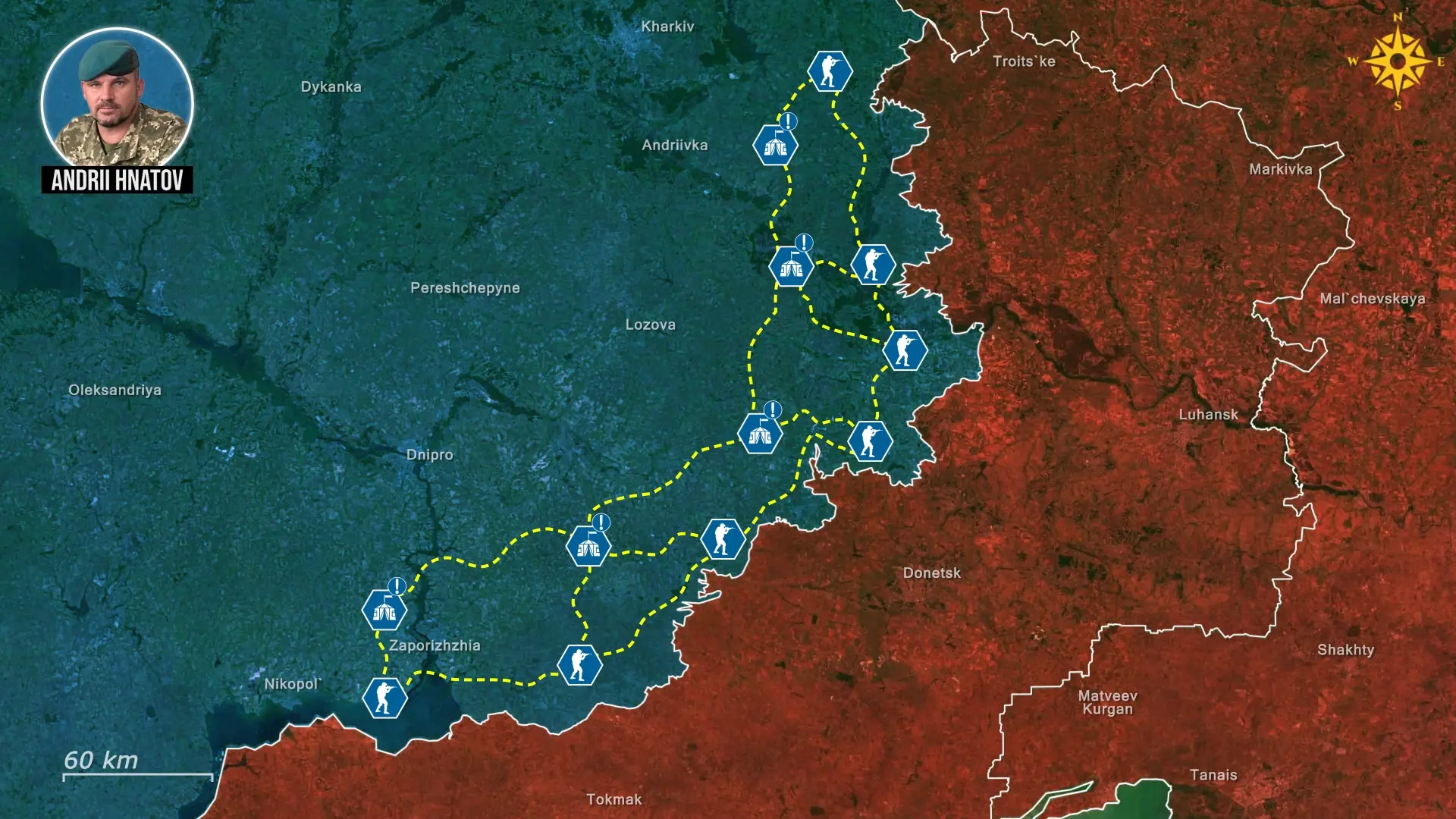
Strategically, the corps system reflects Ukraine’s shift toward a doctrine of distributed command and sustained regional defense, intended to make the Armed Forces less vulnerable to centralized disruptions and more adaptive to local conditions. Each corps functions as a semi-independent operational center, capable of coordinating offensive and defensive actions across its sector while integrating long-range fires, reconnaissance, and logistical chains in real time. This approach not only accelerates the speed of decision-making on the battlefield but also aligns Ukraine’s command philosophy with NATO’s mission command principles, where initiative and flexibility at lower levels are critical for maintaining momentum. By institutionalizing this framework, Ukraine aims to create a force structure that can manage prolonged, high-intensity warfare, absorb attrition without paralysis, and conduct complex joint operations across multiple fronts with consistent tempo and coordination. The effectiveness of this reform, however, varies considerably between corps, revealing both successes and weaknesses that reflect the broader realities of wartime adaptation.

The 1st Army Corps, known as the Azov Corps, stands out as an example of professionalism and combat cohesion, having managed to consolidate its subordinate formations effectively and maintain coherent command despite being under constant pressure in the central theater. Its integration of multiple infantry and mechanized units under a unified leadership model has allowed for rapid reaction to enemy thrusts and efficient use of limited resources.

Similarly, the 3rd Army Corps, one of the earliest and most publicized formations, has demonstrated adaptability and innovation in sectors where Ukrainian forces conduct active defense operations, particularly through the combined employment of reconnaissance, assault, and drone units under a single operational plan.
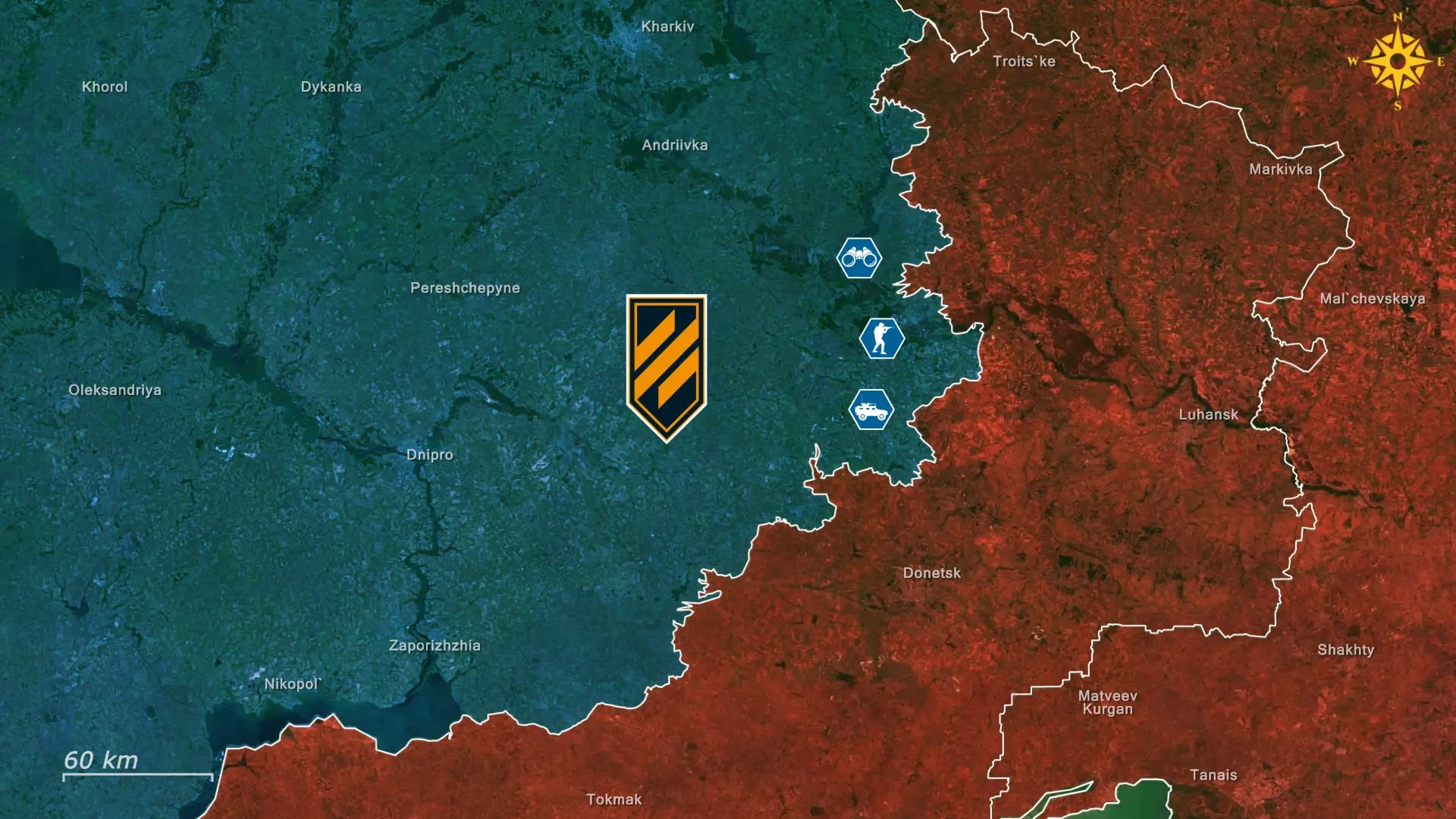
Yet the picture becomes more complex when examining lesser-known corps, such as the 17th and the 20th, where inconsistent staffing levels, frequent command reshuffles, and a lack of permanently assigned brigades have hindered effectiveness. In one case, the corps responsible for the boundary between the Zaporizhzhia and Dnipropetrovsk regions has struggled to maintain a stable defensive line, facing repeated Russian advances due to fragmented coordination and the persistent dispersal of its brigades across multiple sectors.
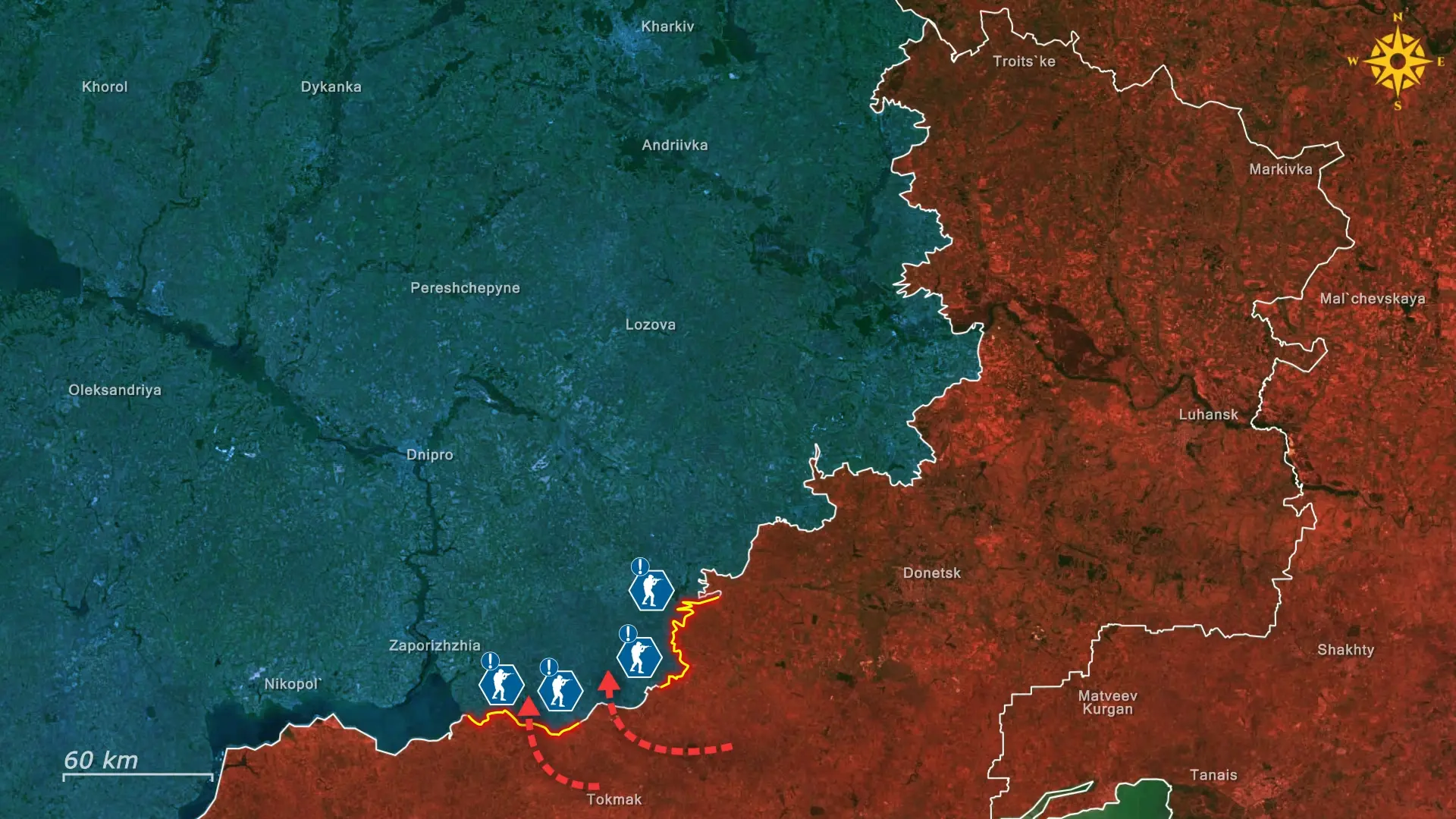
Even the 1st Corps, despite its reputation for discipline and cohesion, now operates with only one fully active brigade in its assigned zone, while the rest remain detached elsewhere, limiting its ability to function as a unified formation in one specific sector, and exposing the practical challenges of sustaining the corps model under pressure.
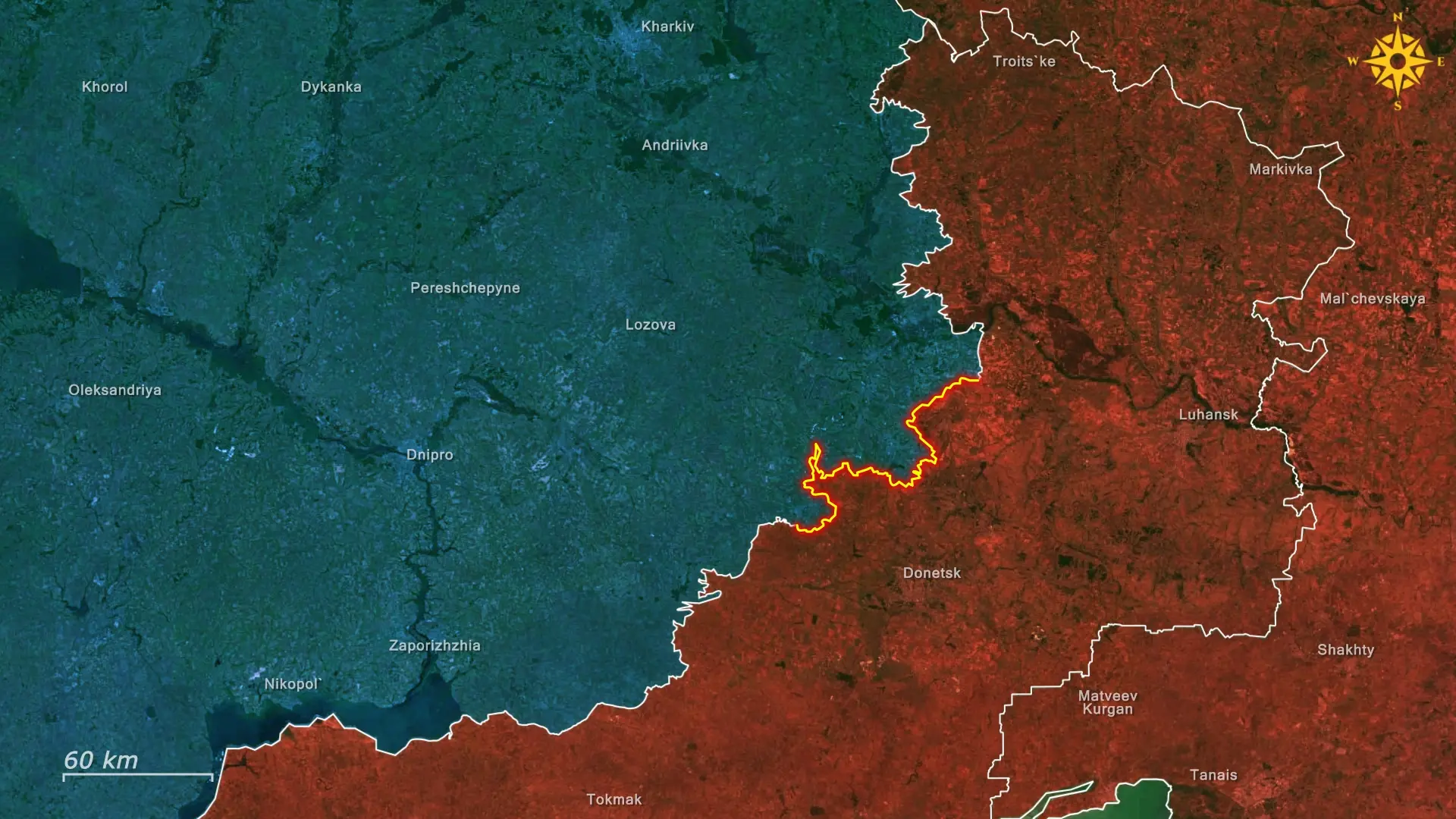
Overall, Ukraine’s transition to a corps structure marks both a major milestone in military reform and a reflection of the changing realities of a long and difficult war. The new system provides a clearer chain of command and greater flexibility, yet uneven staffing, dispersed brigades, and shifting leadership still limit its effectiveness. Even so, establishing permanent corps headquarters is a decisive step toward turning the Armed Forces from a reactive wartime force into a professional, NATO-compatible institution. In the months ahead, the success of this reform will depend on how well the corps can coordinate, adapt, and sustain effective operations across a complex and demanding front.









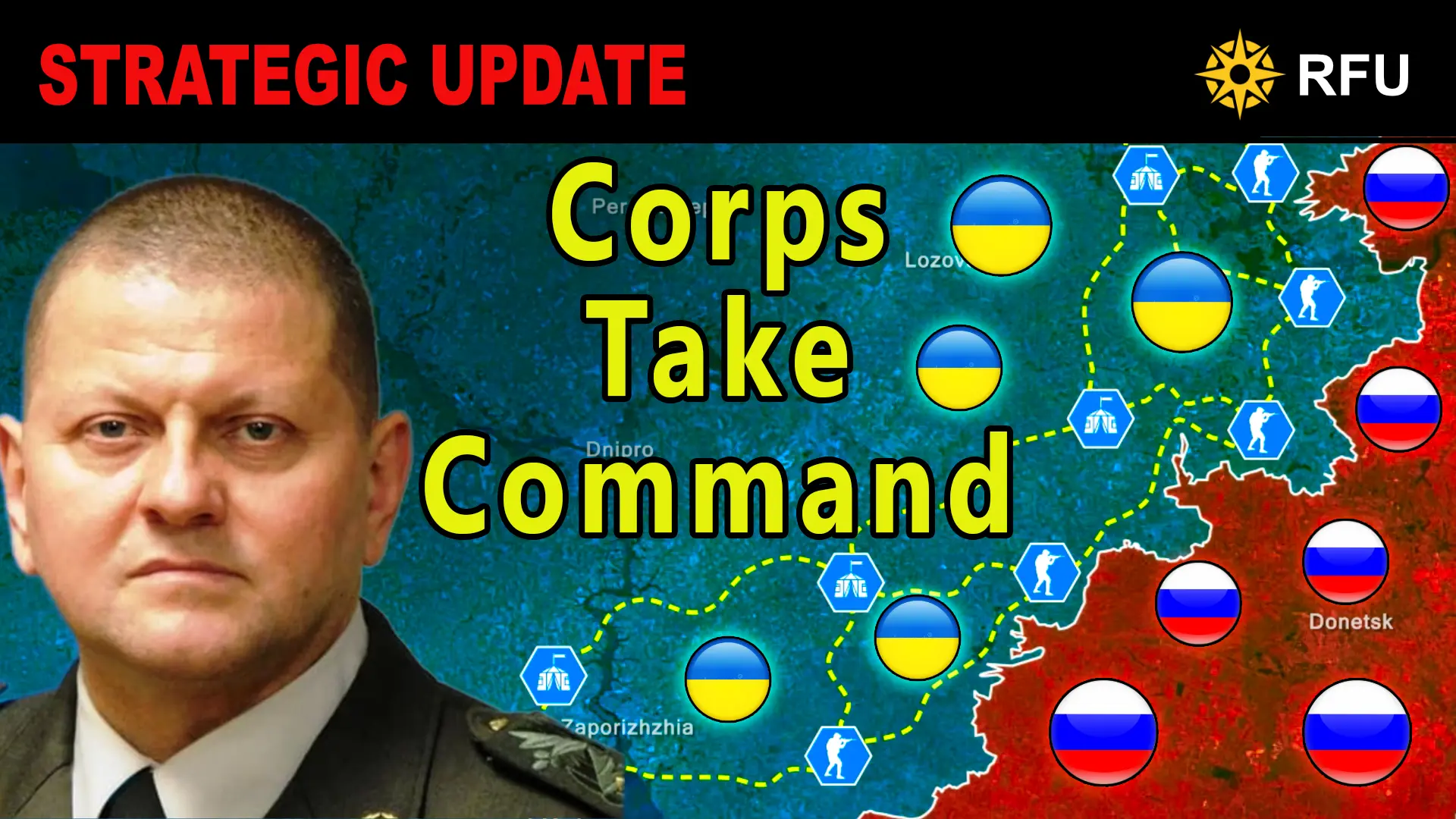
.jpg)
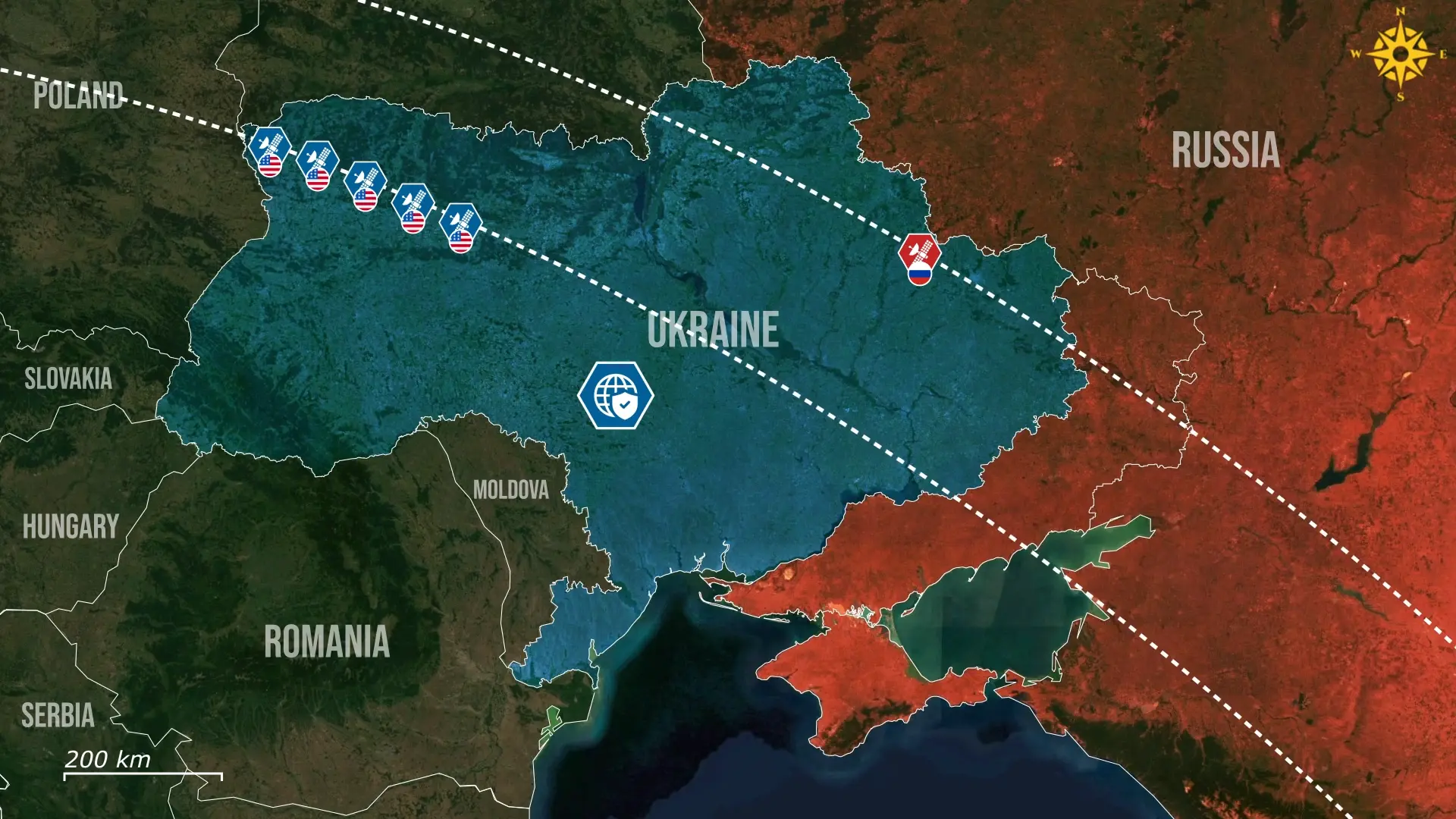
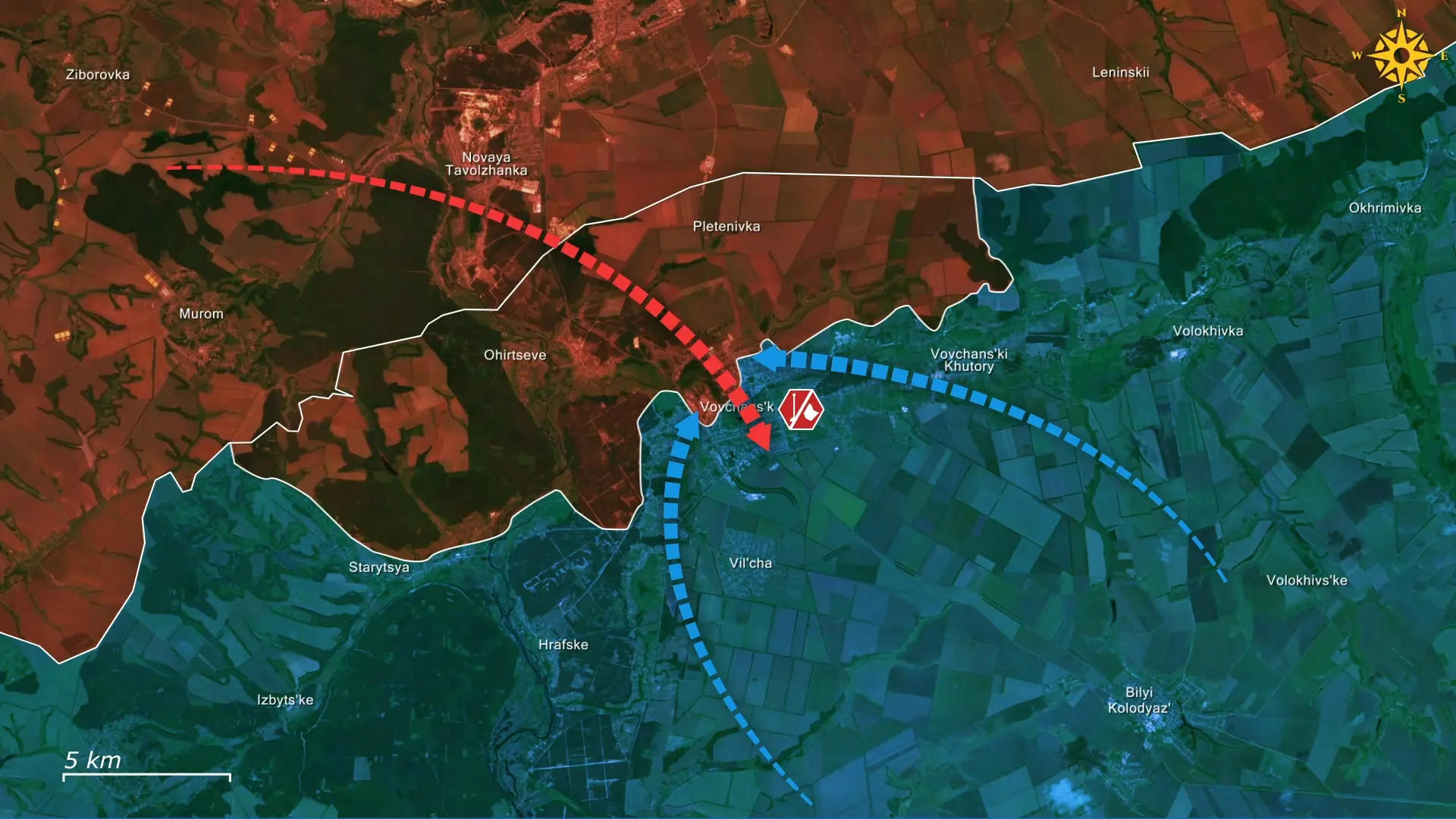
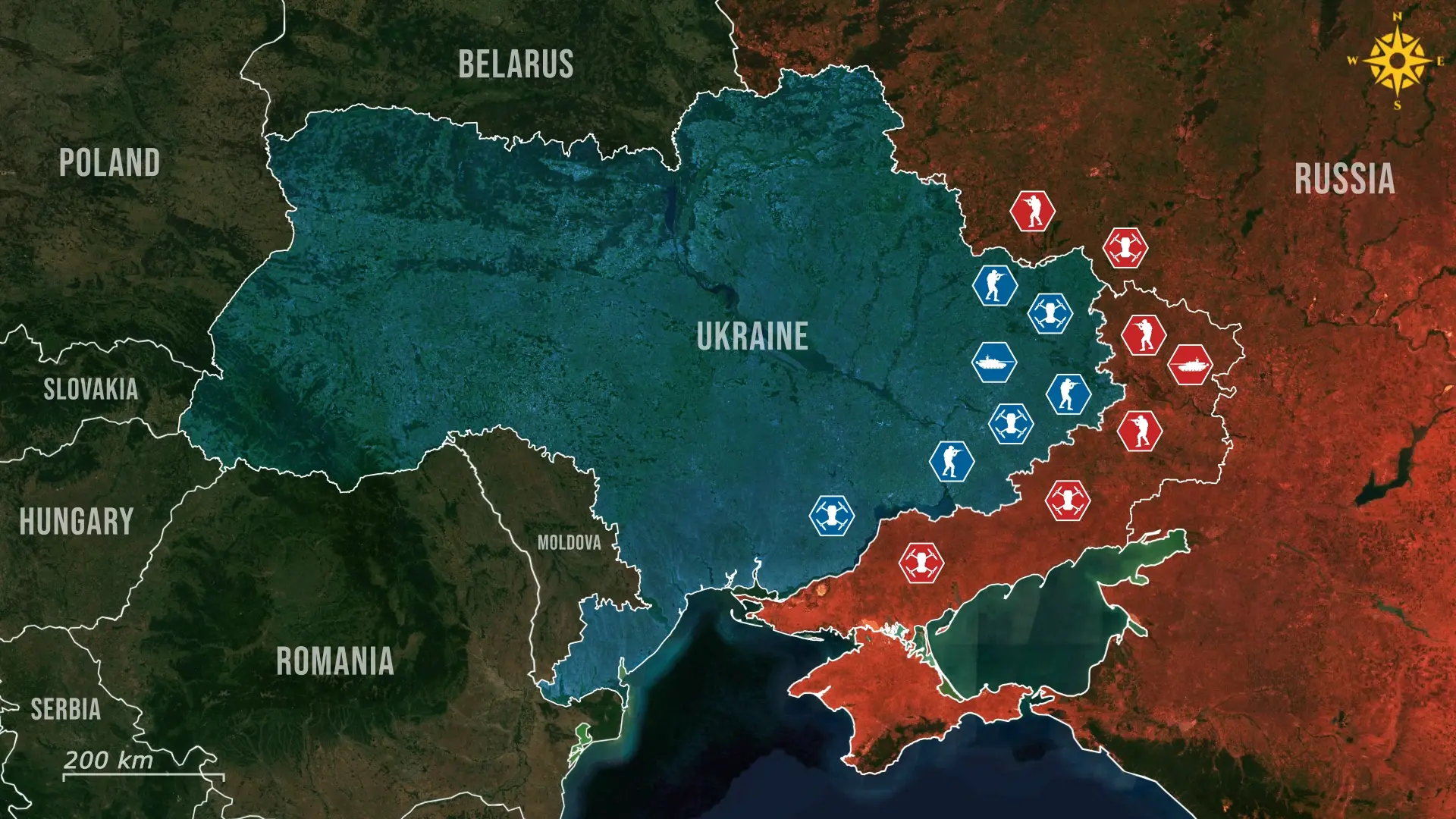
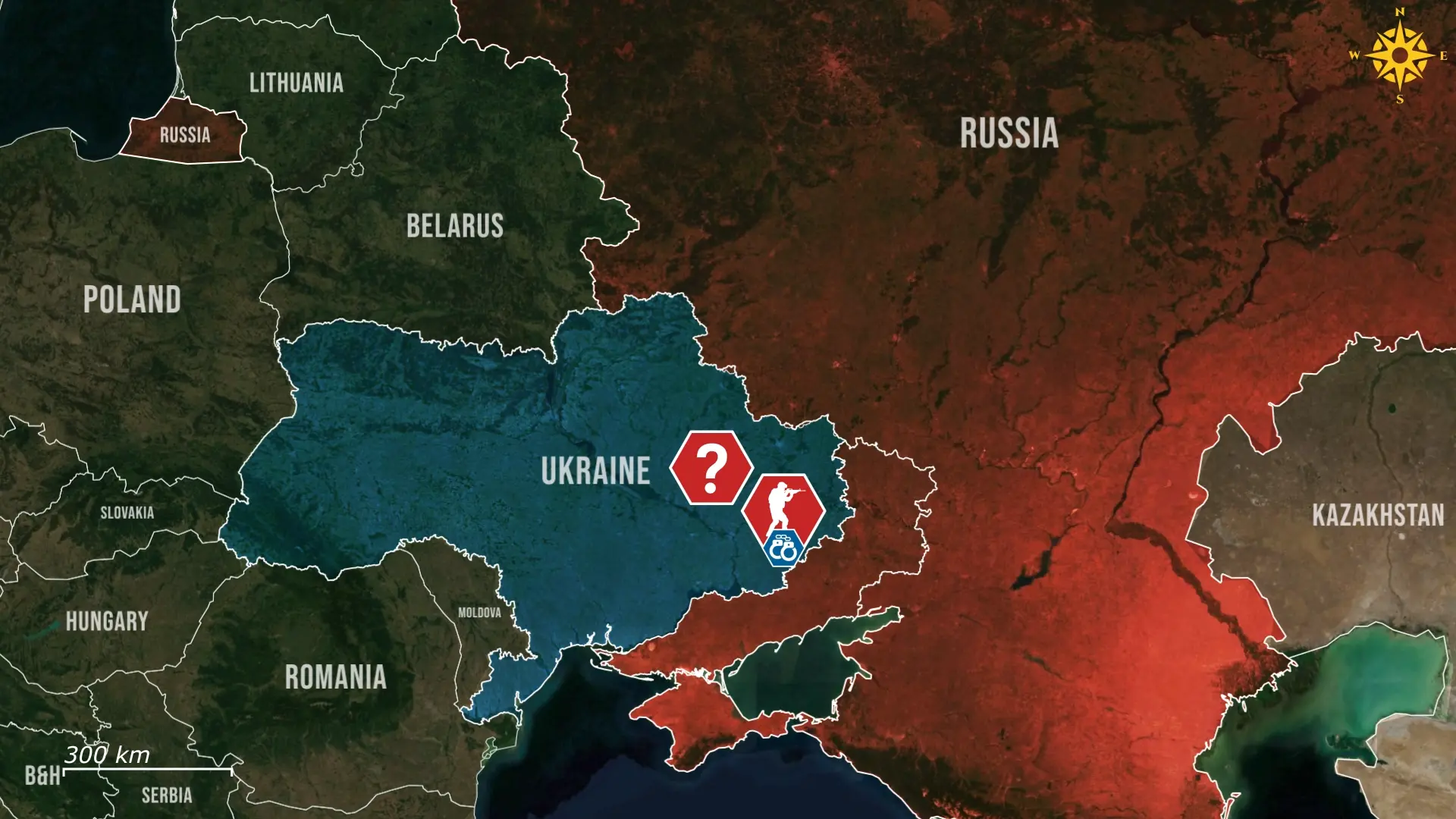
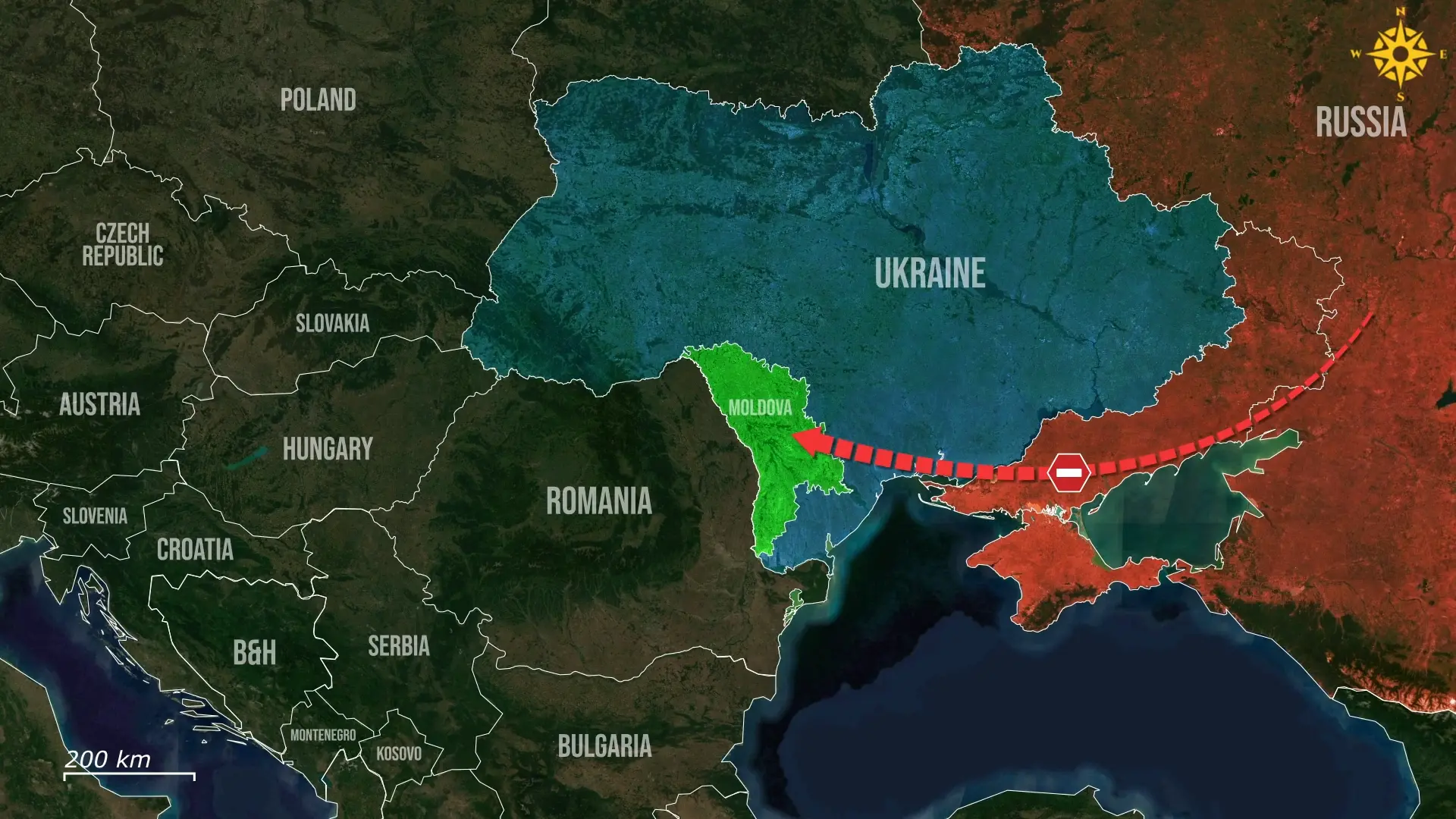

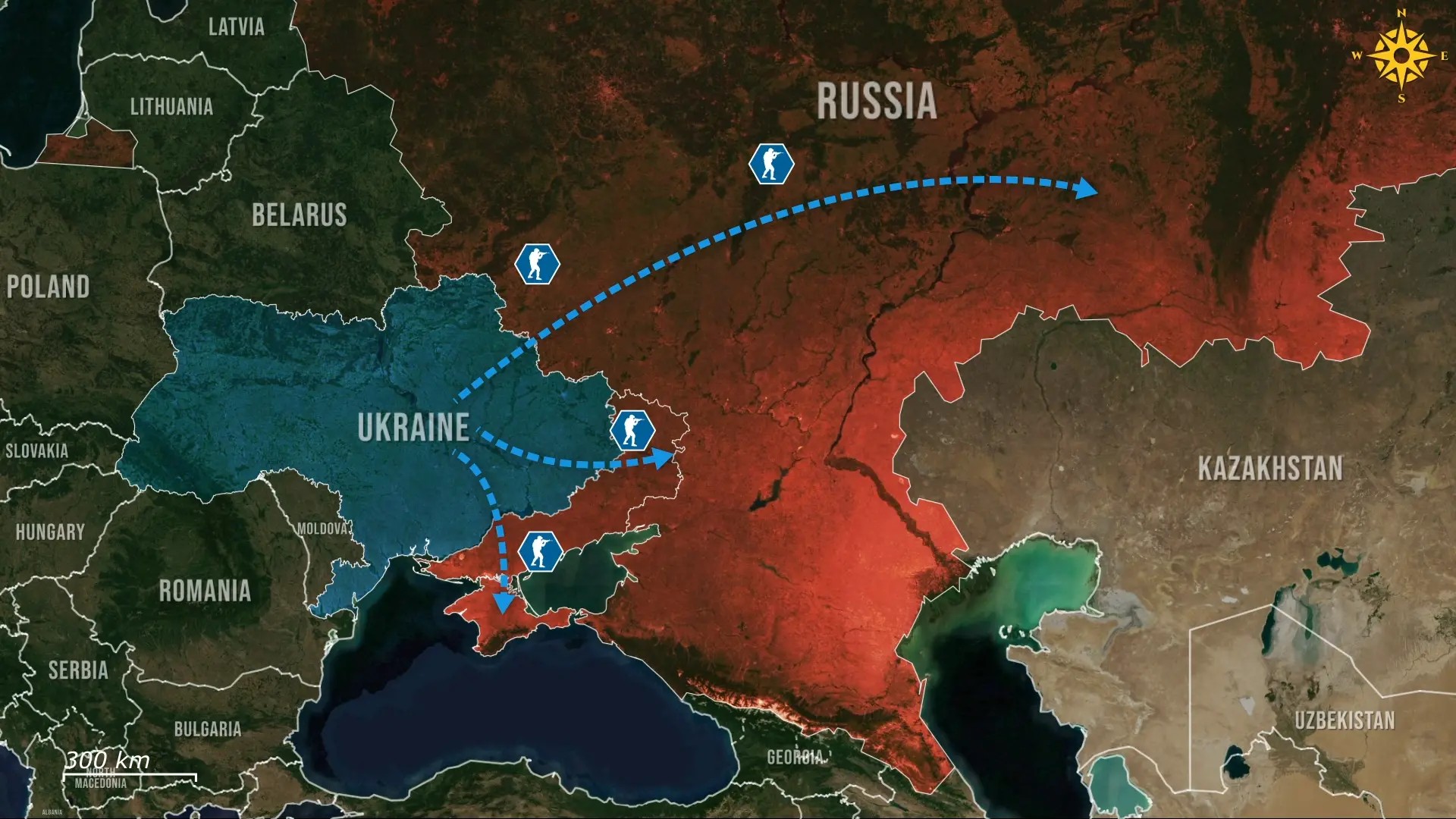
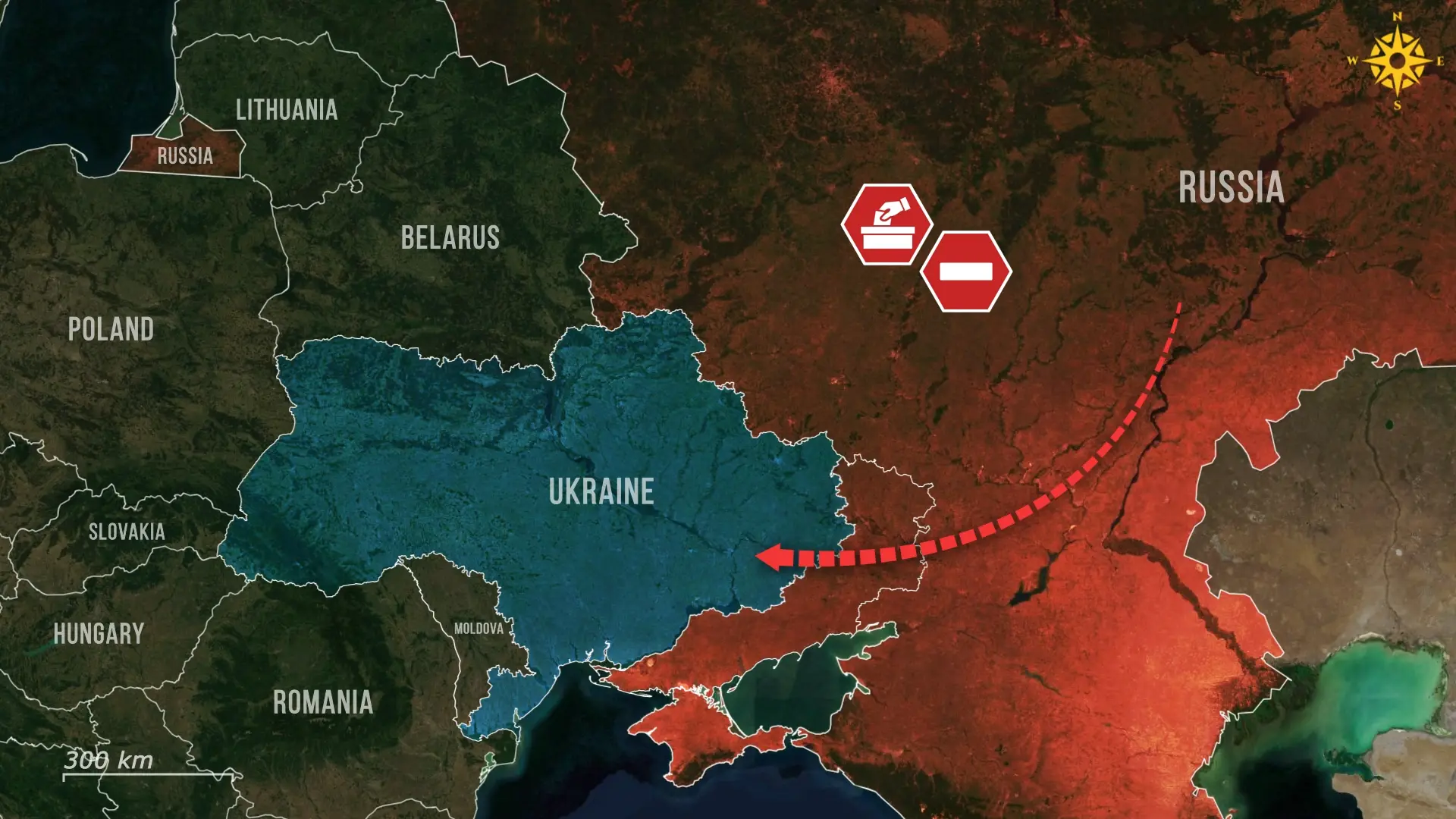
Comments